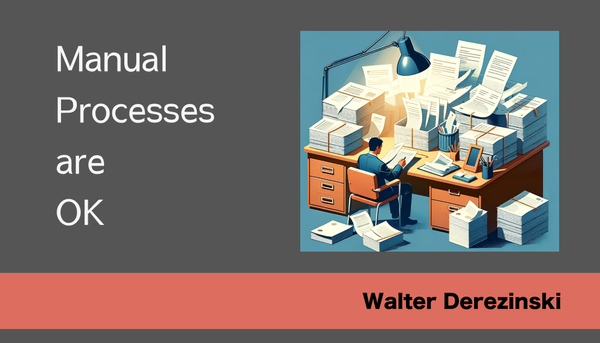Six things you can learn from Harry Potter and Game of Thrones when Developing a Product

Let's explore the relationship.
J.K. Rowling started Harry Potter, and George R.R. Martin started A Song of Ice and Fire, which became the HBO series Game of Thrones with a foundational idea, sketching a rough storyline and envisioning their respective endings. They didn't possess every detail from the start but had the essential framework. Similarly, you may not have all the specifics in developing your product, but a core vision is enough to begin.
Rowling spent seven years before her first book, "Harry Potter and the Philosopher's Stone," was published. Martin took five years to publish "A Song of Ice and Fire," the inaugural book in his series. Rowling completed the "Harry Potter" saga over 17 years, while Martin has been crafting "A Song of Ice and Fire" for over 30 years, with the final two books still in progress. His first 5 books took 20 years to complete.
Let's explore why these timelines took so long and how it relate to product development.
First, J.K. Rowling's story
1) Facing and Overcoming Initial Rejections:
Rowling faced numerous rejections before "Harry Potter and the Philosopher's Stone" was finally accepted by Bloomsbury. Just as Rowling faced rejections from publishers, many product ideas were initially rejected or received negative feedback. It's important to persevere, refine your ideas, and continue presenting them to potential stakeholders or customers.
2) Overcoming Personal Challenges:
While writing the first Harry Potter book, Rowling faced personal challenges, including a divorce, being a single mother, and receiving government assistance. She often wrote in cafes while caring for her baby daughter. These could quickly happen to anybody launching a startup.
3) Adjusting Story Elements and Being Flexible:
Adaptability in product development is crucial. As Rowling allowed her characters and plot to evolve, a product might need to adapt based on user feedback, market trends, or technological advancements.
Now Martin's Story
4) Extended and Iterative Process:
Unlike many authors who stick to strict deadlines, Martin has taken a notably extended period to write the "A Song of Ice and Fire" series. He has faced challenges in tying together the numerous complex plot lines and character arcs, leading to delays in the release of subsequent books. This mirrors the iterative nature of product development. Products often undergo multiple iterations and refinements before reaching their final form, and patience is critical to achieving a high-quality outcome.
5) Expanding the Original Scope:
Initially, you may have a limited vision of your product. Still, as you delve deeper, you might find opportunities to expand its scope or functionality, much like how Martin's trilogy turned into a seven-book series.
6) Responding to Feedback and Expectations:
Martin has been known to interact with his fan base and is aware of the various fan theories surrounding his work. He has stated that he remains true to his original vision. Like Martin, product developers must listen to their users. Feedback can provide valuable insights and help steer the product toward meeting user needs and market demands.
The journey of creation is often lengthy and seldom straightforward. It's a process that doesn't yield immediate results. Persistence is crucial, but so is adaptability. Be prepared to evolve your vision as you progress, just as a writer might adjust their story. Remember, in the realm of product development, you are the author of your narrative.




